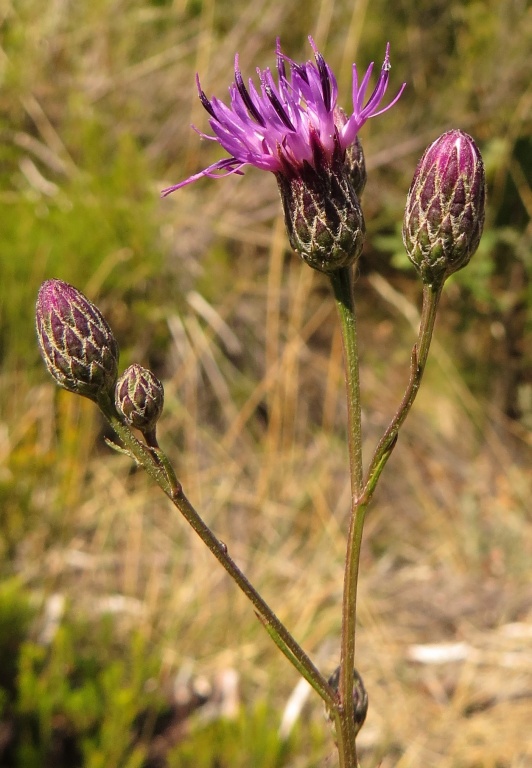Summary:
The Middle Ages bequeathed to us an inheritance of beautiful works of art, like medieval codices, which we want to last forever. Illuminated in word and in image they are some of the most beautiful testimonies of our European past. These treasures may be at risk. In this project, chemistry will disclose the chemical structures of complex polyphenol systems such as iron gall inks used to write the medieval book and yellow dyes used to illuminate it. This knowledge, crucial to overcome the risk of loosing this precious artworks, will be produced within interdisciplinary teams, allowing it to be available to various communities, which will include specialists as well as stakeholders.
Yellow paints based on organic colourants are possibly lost forever. To assess their use, we will collect local plant species that could have been used as sources of yellow dyes in medieval times. Based on their chemical HRMS profiles and stability we will discuss their use for miniature painting and their putative role in the stabilization of medieval writing inks.
We would like to exemplify the importance of chemical research in the safeguard of cultural heritage, with our case study on iron gall inks. Our knowledge on the molecular structures of the colourants in medieval inks is very limited, and this gap prevents us to devise informed strategies for preserving the medieval word. If on one hand, we know how to prepare a medieval ink, on the other, the models that have been used by the scientific community are based on the complexation of gallic acid or tannic acid by iron ions; on the assumption that these are available in the gall extracts. However, from polyphenol research we know that free gallic or tannic acid are minor components in the gall extracts. This means that all research strategies focused on the study of gallic acid or tannic acid as standards for galls, which are found largely as polygalloyl esters of glucose, may not lead to molecular structures representative of the colourants of iron gall inks. In fact, until 2016, the heritage community was using a structure that was proved incorrect by a group of scientists in the USA. Unfortunately, this group also worked on the assumption that gallic acid is the main constituent in galls.
Considering tannin significance in medieval inks, in this project we will acquire fundamental knowledge on the molecular structures of native and oxidized tannins and their ability to complex with iron ions in solution. Model systems that will be closest to the complexity of the historical inks, will be proposed and fully characterized. They will be used to study the causes of colour and its transformation over time as well as to test innovative treatments that will respect the environment and human health. In the end, providing accurate molecular structures for polyphenol based colours in artworks of historical and cultural significance will enable a sustainable preservation and access of our precious cultural heritage.
Funding Institution:
Science and Technology Foundation.
Partners:
Responsible Researcher:
Maria João Melo, Faculdade de Ciências e Tecnologia, Universidade Nova de Lisboa.

